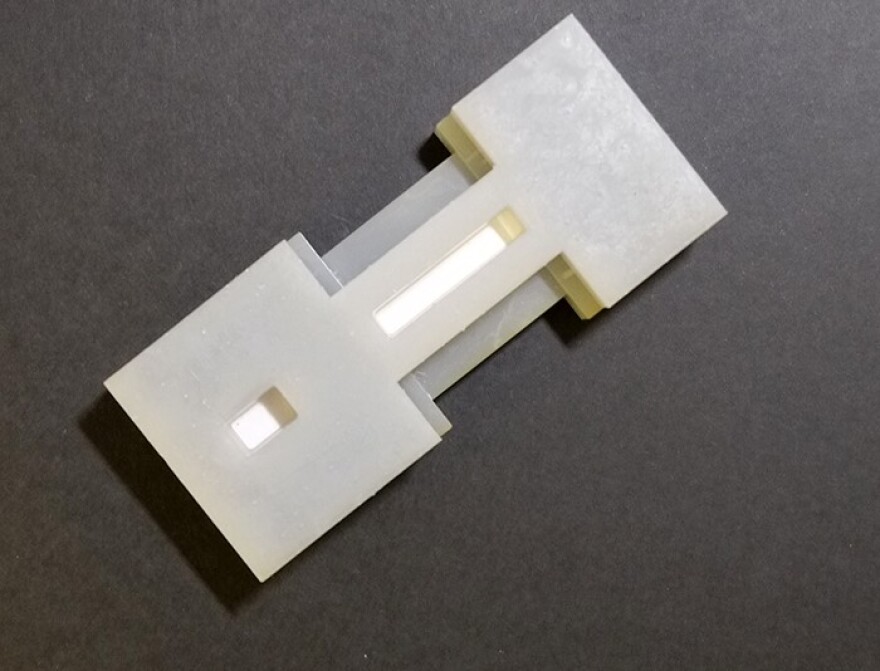Purdue researchers are developing a test strip, similar to the common pregnancy test, to detect cervical cancer and eventually other types of cancer and diseases.
Cervical cancer, the fourth most common type of cancer for women, is often detected too late, especially among women living in poor countries. The World Cancer Research Fund International says about 84 percent of cases occur in underdeveloped nations.
Current detection is based on the human papillomavirus, or HPV, test, which doctors say isn't always able to correctly classify whether somebody has a disease or not.
“This field really needs an additional way to test for cervical cancer. A test that can report cervical cancer right away is very instrumental in a lot of low- and middle-income countries where women often get HPV tests and then never come back,” said Joseph Irudayaraj, professor of biological engineering in Purdue’s School of Agricultural and Biological Engineering. “In higher-income countries, it’s important that anything beyond HPV tests have the ability to complement those tests.”
Here's how it works:
The strip's color changes within 15-30 minutes to indicate the presence of specific proteins associated with cervical cancer. Irudayaraj says he's proven the concept and is working on a prototype.
One day researchers think this test could detect other types of cancers and other diseases, including infectious pathogens.
A USDA grant is funding the research in part. Scientists are also looking for corporate funding to advance the research.



